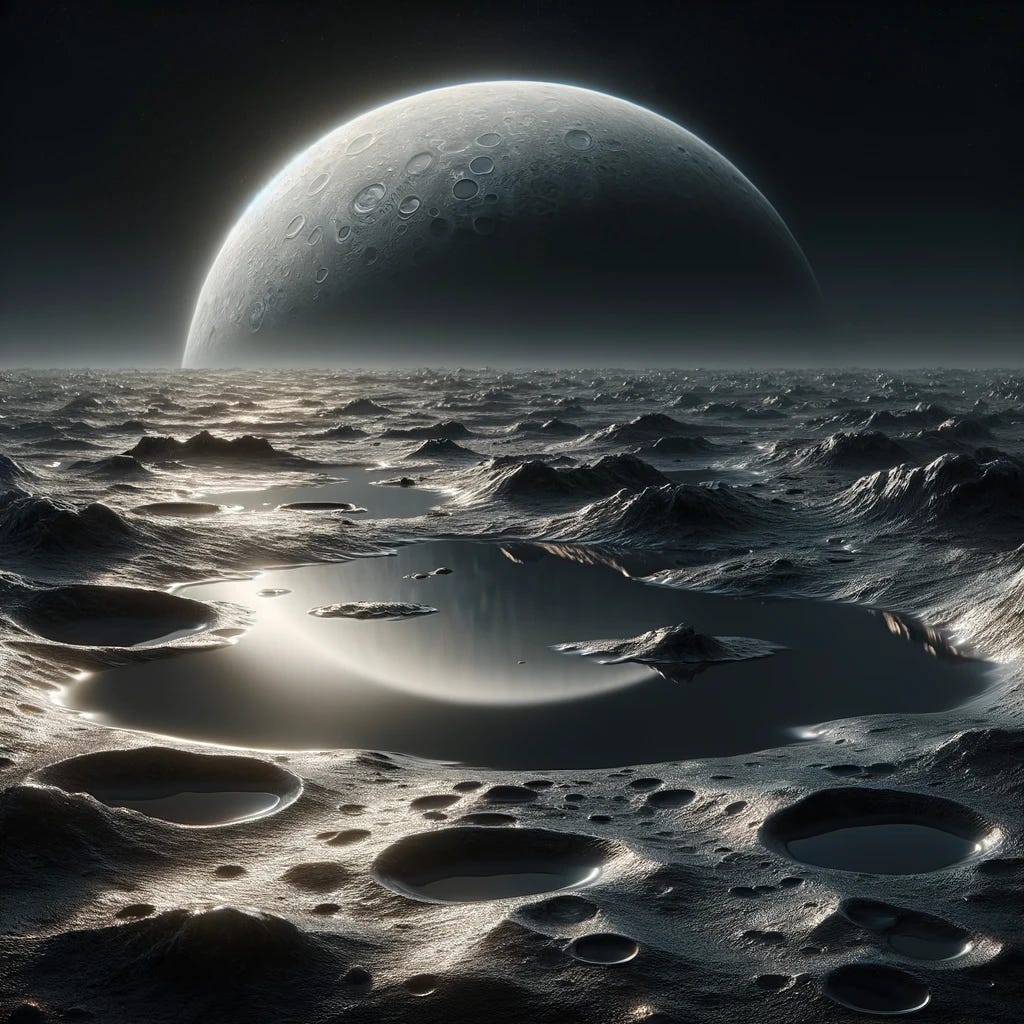Mercury's Relativity
Mercury has an interesting relationship with Einstein’s theory of relativity.
You’re probably thinking that there are two things I could mean by this. There’s mercury, the metal that’s liquid at room temperature. According to legend, the first emperor of unified China died of mercury poisoning, after taking pills that were intended to give him eternal life.
Then, there’s the planet Mercury, closest to the sun. This Mercury flies around the sun at a blistering speed, making its year 88 earth days. Like its next door neighbor Venus, Mercury’s day is extended so much that a year is close to a day, about 59 days. With almost no atmosphere, it experiences the most extreme temperature swings in our solar system, from as cold as -180°C, and as hot as 430°C.
So, which Mercury (or mercury) do I mean?
Both.
Let’s start with the planet. Isaac Newton laid out an incredible system to describe how celestial bodies like planets worked, and this framework was phenomenal. It worked virtually flawlessly!
Keep reading with a 7-day free trial
Subscribe to Goatfury Writes to keep reading this post and get 7 days of free access to the full post archives.


